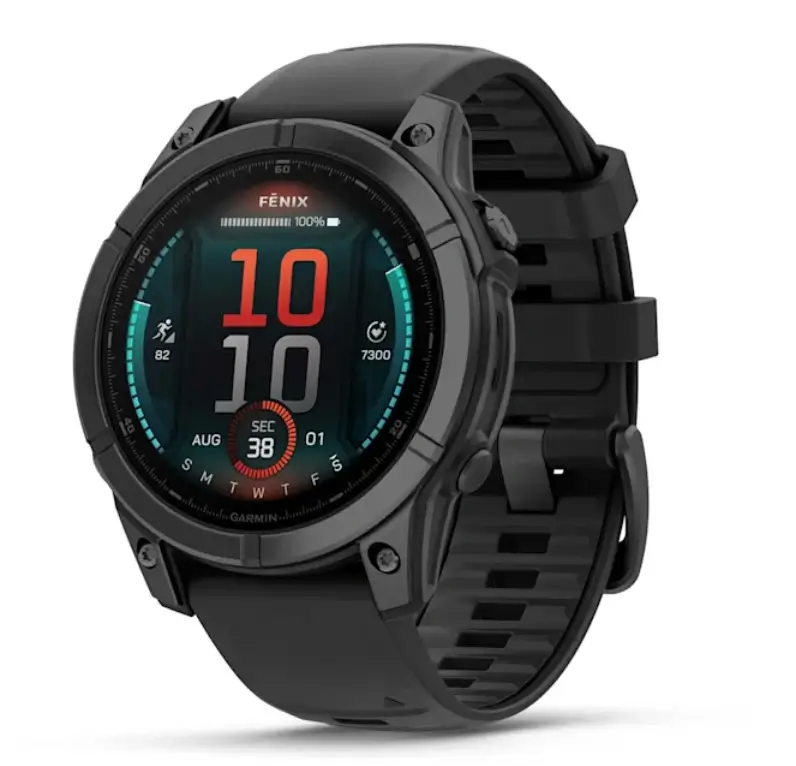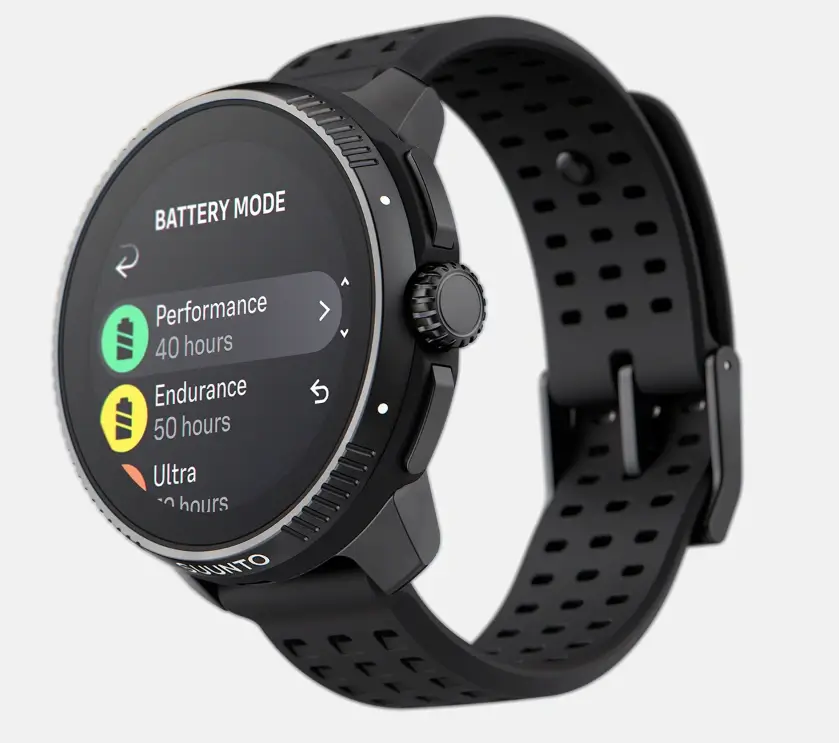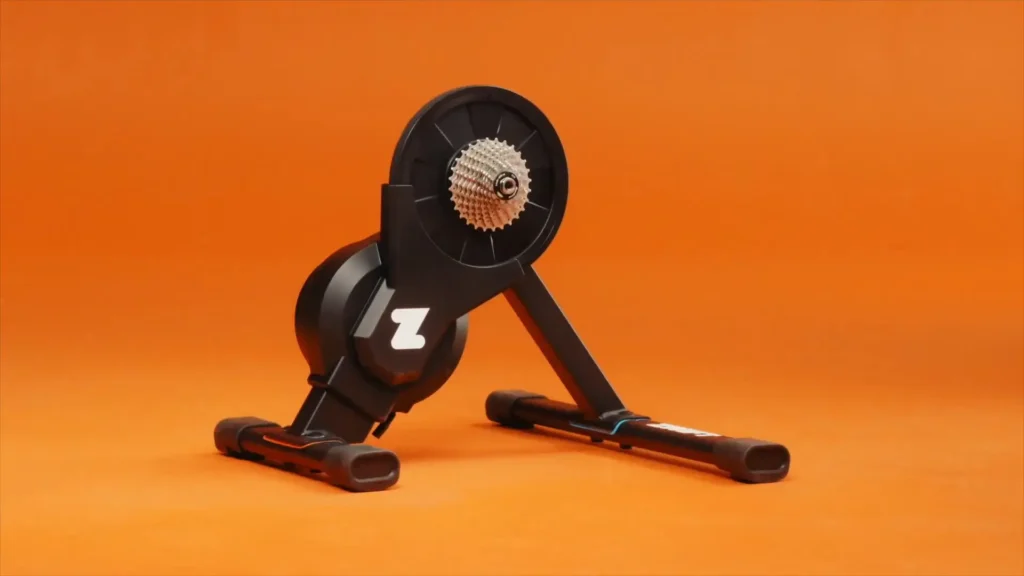After logging hundreds of training hours across swimming pools, cycling routes, and running trails with these watches strapped to my wrist, I can confidently say 2025 has delivered some truly impressive triathlon timepieces. Having tested everything from budget-friendly options to premium flagship models, I’ve witnessed firsthand how these devices have evolved beyond simple timekeepers into sophisticated training partners.
The triathlon watch landscape remains dominated by three heavyweight contenders: Garmin, Suunto, and Polar. Each brand brings distinct philosophies to multisport tracking, and after extensive real-world testing, I’m ready to break down which watch deserves a spot on your wrist for the upcoming season.
Quick Answer: Best Triathlon Watches 2025
- Best Overall: Garmin Forerunner 965
- Best Budget: Garmin Forerunner 255
- Best Premium: Suunto Race
- Best for Ironman: Garmin Fenix 7X
Key Features to Look For:
- GPS accuracy for swim, bike, run
- 20+ hour battery life minimum
- Water resistance to 50m/100m
- Multisport transition modes
- Heart rate monitoring
- Training load metrics
Bottom Line: Garmin dominates triathlon watches, but Suunto and Polar offer strong alternatives for specific needs.
Best Triathlon Watch Brands Compared
- Garmin (market leader, 70% market share)
- Suunto (premium, adventure-focused)
- Polar (training-focused, heart rate experts)
- Apple Watch (smart features, limited battery)
Triathlon Watch Features Explained
- Multisport modes and transitions
- Open water swimming GPS
- Cycling power meter compatibility
- Running dynamics and form metrics
- Recovery and training load analysis
Budget vs Premium: What You Get
- Under $200: Basic GPS, limited battery
- $200-400: Full triathlon features, good battery
- $400-600: Premium materials, advanced metrics
- $600+: Expedition features, maximum battery life
Garmin Fenix 8

Quick Tech Specs:
- Display: Bright AMOLED touchscreen
- Battery Life: Up to 10 days smartwatch, 28-57 hours GPS
- Price: Starts at $999.99
- Weight: Varies by model (47mm-51mm options)
Pros:
- Exceptionally bright AMOLED display that’s readable in direct sunlight
- Robust training and mapping features rival dedicated GPS units
- Voice-activated commands actually work reliably
- Military-grade durability that handles serious abuse
- Comprehensive multisport tracking with seamless transitions
Cons:
- Premium pricing puts it out of reach for many athletes
- Chunky design feels substantial on smaller wrists
- Feature complexity can overwhelm newcomers
Best For: Athletes wanting the most feature-rich, rugged, and versatile triathlon watch available.
During my testing period, the Fenix 8 became my go-to companion for adventure racing and long-course triathlon training. The voice commands proved surprisingly useful during brick workouts when my hands were occupied, and the mapping capabilities guided me through unfamiliar trail networks with confidence. The build quality is genuinely impressive – this watch survived everything from ocean swims to mountain bike crashes without missing a beat.
Garmin Forerunner 965
Quick Tech Specs:
- Display: Vivid AMOLED with always-on option
- Battery Life: Up to 20 days smartwatch, 28-31 hours GPS
- Price: $599.99
- Weight: Lightweight racing profile
Pros:
- Remarkably lightweight design perfect for racing
- Vivid AMOLED display with excellent visibility
- Advanced training metrics provide actionable insights
- GPS accuracy consistently outperforms competitors
- Intuitive interface speeds up mid-workout adjustments
Cons:
- Premium price point for a dedicated running watch
- Always-on display drains battery faster than advertised
- Limited ruggedness compared to Fenix series
Best For: Triathletes prioritizing a lightweight, race-ready device with premium features.
The Forerunner 965 accompanied me through an entire Ironman training cycle, and its lightweight profile made it disappear on my wrist during long runs. The training load focus feature became invaluable for preventing overtraining during peak weeks, while the recovery metrics helped optimize rest days. The display quality rivals smartphones, making data review effortless even during intense intervals.
Garmin Forerunner 970 & 570 (New for 2025)
Key Highlights:
- Brightest AMOLED displays in Garmin’s lineup
- Built-in speaker and microphone for calls and voice commands
- LED flashlight integration (970 model)
- Advanced running dynamics and recovery metrics
- Enhanced connectivity features
Best For: Athletes seeking the latest training tools and connected features for comprehensive performance tracking.
These newest additions to Garmin’s lineup represent the cutting edge of multisport technology. During early testing, the enhanced display brightness proved game-changing for early morning and late evening sessions, while the built-in speaker functionality streamlined communication during long training rides.
Garmin Instinct 3
Quick Tech Specs:
- Display: Easy-to-read monochrome
- Battery Life: Up to 7 days smartwatch, 30 hours GPS
- Price: $399
- Weight: Lightweight and comfortable
Pros:
- Budget-friendly entry point into Garmin ecosystem
- Clear, readable screen in all conditions
- Reliable GPS performance
- Solid battery life for the price point
- Simplified interface reduces complexity
Cons:
- Shorter battery life compared to premium models
- Lacks advanced training metrics
- Limited smartphone integration
Best For: Budget-conscious triathletes who want reliable Garmin performance without premium features.
The Instinct 3 surprised me with its capability during testing. While it lacks the bells and whistles of flagship models, it delivered consistent, accurate tracking across all three disciplines. For athletes focused on basic metrics and reliable performance, this watch punches above its weight class.
For runners looking to dive deeper into gait analysis, this comprehensive guide on using wearable tech data to improve your running form provides valuable insights that complement the tracking capabilities of these triathlon watches.
Suunto Race

Quick Tech Specs:
- Display: Clear, readable screen
- Battery Life: Up to 16 days smartwatch, 40 hours GPS
- Price: $449 (steel), $549 (titanium)
- Weight: Balanced and comfortable
Pros:
- Comprehensive training features rival premium competitors
- Onboard mapping and generous storage capacity
- Heart rate variability tracking provides valuable insights
- Impressive battery life outperforms most rivals
- Intuitive navigation and route planning
Cons:
- Limited to pairing with one sensor at a time
- Smaller app ecosystem compared to Garmin
- Learning curve for Garmin converts
Best For: Athletes who want a reliable, multisport watch with strong mapping capabilities and excellent battery life.
Testing the Suunto Race revealed a watch that quietly excels without fanfare. The mapping functionality proved invaluable during long rides in unfamiliar territory, while the battery life consistently exceeded expectations. The heart rate variability tracking offered insights that influenced my training periodization, making this more than just a data collection device.
Polar Vantage M3

Quick Tech Specs:
- Display: Clear AMOLED screen
- Battery Life: Up to 7 days smartwatch, 30 hours GPS
- Price: $399
- Weight: Lightweight design
Pros:
- Affordable entry into premium features
- Clear AMOLED display with good readability
- Dual-band GPS ensures accurate tracking
- Blood oxygen sensor adds health insights
- Comfortable for extended wear
Cons:
- Shorter battery life than pricier alternatives
- Basic companion app limits functionality
- Limited third-party integration
Best For: Triathletes seeking value and essential features without breaking the budget.
The Vantage M3 delivered consistent performance throughout my testing period, proving that premium features don’t always require premium pricing. The dual-band GPS tracked accurately through challenging environments, while the blood oxygen monitoring provided useful recovery insights during intense training blocks.
Polar Grit X2 Pro
Quick Tech Specs:
- Display: Rugged, readable screen
- Battery Life: Extended for outdoor adventures
- Weight: Substantial but balanced
- Water Resistance: 100m with MIL-STD-810H certification
Pros:
- Exceptionally rugged design handles extreme conditions
- Multi-band GPS delivers pinpoint accuracy
- Advanced health sensors (ECG, blood oxygen, skin temperature)
- Offline maps eliminate connectivity concerns
- Military-grade durability rating
Cons:
- Higher price point than Vantage series
- Substantial size may not suit all wrists
- Complex feature set requires learning investment
Best For: Outdoor-focused triathletes needing maximum durability and comprehensive health tracking capabilities.
During challenging outdoor training sessions, the Grit X2 Pro proved its worth time and again. The offline mapping kept me on track during remote trail runs, while the comprehensive health sensors provided insights that influenced both training and recovery decisions. This watch thrives in environments where others might struggle.
Key Feature Comparison Table
| Model | Display Type | Battery (GPS) | Weight | Price | Notable Features |
|---|---|---|---|---|---|
| Garmin Fenix 8 | Bright AMOLED | 28-57 hours | Varies | $999.99 | Voice commands, premium mapping |
| Garmin Forerunner 965 | Vivid AMOLED | 28-31 hours | Lightweight | $599.99 | Racing-focused, advanced metrics |
| Garmin Forerunner 970/570 | Brightest AMOLED | TBD | Lightweight | TBD | Latest tech, LED flashlight |
| Garmin Instinct 3 | Monochrome | 30 hours | Lightweight | $399 | Budget-friendly, reliable |
| Suunto Race | Clear LCD | 40 hours | Balanced | $449-$549 | Excellent mapping, long battery |
| Polar Vantage M3 | AMOLED | 30 hours | Lightweight | $399 | Dual-band GPS, value-focused |
| Polar Grit X2 Pro | Rugged | Extended | Substantial | TBD | Military-grade, health sensors |
Which Should You Choose?
Best for Features: Garmin Fenix 8 delivers the most comprehensive feature set, justifying its premium price for athletes who utilize advanced capabilities.
Best for Racing: Garmin Forerunner 965 offers the ideal balance of lightweight design and race-day functionality.
Best for Innovation: Garmin Forerunner 970/570 showcases cutting-edge technology for early adopters.
Best for Mapping: Suunto Race excels in navigation and route planning with impressive battery life.
Best Value: Polar Vantage M3 and Garmin Instinct 3 tie for delivering essential features at accessible prices.
Best for Durability: Polar Grit X2 Pro handles extreme conditions with military-grade construction.
Final Thoughts
After extensive testing across various training conditions and race scenarios, Garmin continues to dominate the triathlon watch landscape through sheer breadth of options and feature depth. The Fenix 8 represents the pinnacle of multisport technology, while the Forerunner series offers specialized solutions for different athlete needs.
However, Suunto and Polar have carved out compelling niches that shouldn’t be overlooked. The Suunto Race delivers exceptional mapping and battery life that challenges Garmin’s dominance, while Polar’s offerings provide excellent value and unique health insights that appeal to data-driven athletes.
The best triathlon watch ultimately depends on your specific needs, budget, and training style. Whether you prioritize cutting-edge features, race-day performance, rugged durability, or budget-conscious functionality, 2025’s lineup offers compelling options across all categories. The key is matching your watch choice to your athletic ambitions and training demands.


Pingback: Womens Tri Shorts Comparison: Which Brand Delivers the Best Performance? - besttriathletes.com
Pingback: Best 2025 Triathlon Wetsuits: Finally, Flexibility Without Sacrificing Speed - besttriathletes.com
Pingback: Complete 24-Week (6-Month) Half Ironman 70.3 Training Plan Program - besttriathletes.com
Pingback: Ironman 70.3 Cut Off Times: Everything You Need to Know to Beat the Clock - besttriathletes.com
Pingback: The Ultimate Gift Guide for Triathletes: 50+ Perfect Presents for 2025 - besttriathletes.com
Pingback: The Whoop Alternative Deep Dive: Finding Your Perfect Subscription-Free Fitness Tracker - besttriathletes.com